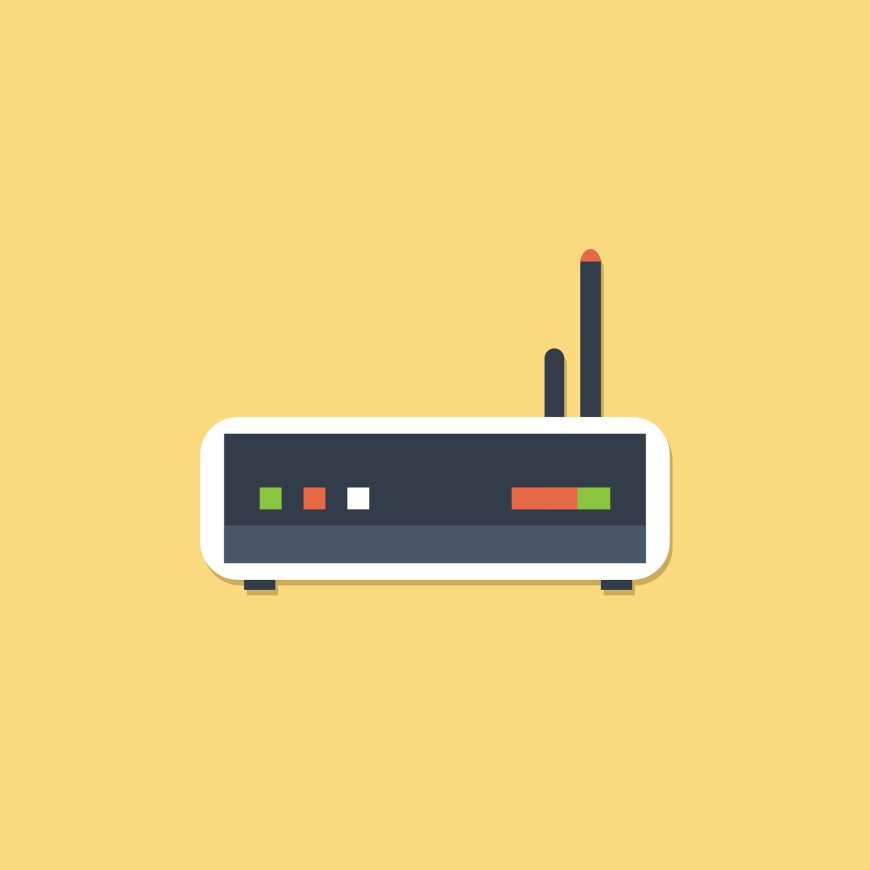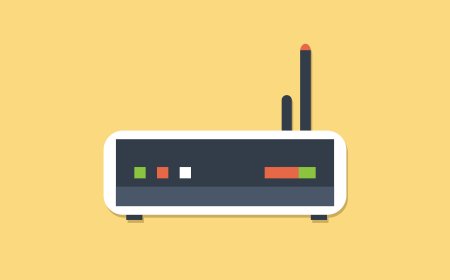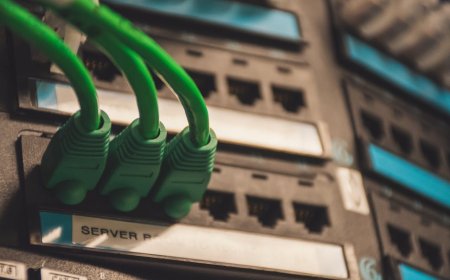Role and function of network component Router
A router is one of the most important components in a computer network. Its main role is to connect multiple networks and direct data traffic between them efficiently.

Role of a Router
-
Network Interconnection:
-
A router connects different networks together — for example, linking a home network (LAN) to the internet (WAN).
-
It acts as a gateway between networks that use different protocols or addressing schemes.
-
-
Data Traffic Management:
-
Routers manage how data packets are forwarded, ensuring they take the most efficient path to reach their destination.
-
This helps reduce congestion and improve network performance.
-
Functions of a Router
-
Packet Forwarding:
-
The router receives data packets, examines their destination IP address, and forwards them to the correct next network or device.
-
It uses routing tables and routing algorithms to decide the best path.
-
-
Path Determination:
-
Routers determine the optimal path for data transmission based on factors like network topology, distance, and congestion.
-
This process is guided by routing protocols such as RIP, OSPF, or BGP.
-
-
Network Address Translation (NAT):
-
Routers can perform NAT to allow multiple devices on a local network to share a single public IP address.
-
This improves security and conserves IP addresses.
-
-
Filtering and Security:
-
Many routers include firewall features that filter traffic and block unauthorized access.
-
They can enforce policies such as blocking certain IPs or protocols.
-
-
Dynamic Routing:
-
Routers can automatically learn and update routes using dynamic routing protocols, adapting to changes in the network.
-
-
Traffic Prioritization (QoS):
-
Routers can manage Quality of Service (QoS) to prioritize certain types of traffic — for example, giving preference to video calls over file downloads.
-
Example
When you browse a website:
-
Your computer sends a request to your home router.
-
The router checks its routing table and forwards the request to your Internet Service Provider (ISP).
-
The ISP’s routers then pass it through multiple networks until it reaches the web server.
-
The response follows the reverse path back through routers to your device.
What's Your Reaction?
 Like
0
Like
0
 Dislike
0
Dislike
0
 Love
0
Love
0
 Funny
0
Funny
0
 Angry
0
Angry
0
 Sad
0
Sad
0
 Wow
0
Wow
0



























